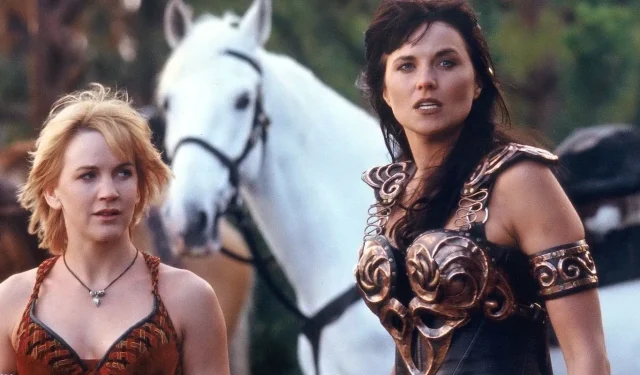
Today’s television landscape boasts an abundance of epic fantasy series, ranging from the deeply dramatic to the wildly eccentric. This era marks a flourishing time for fantasy television, often referred to as the golden age. However, just thirty years ago, the offerings for fantasy enthusiasts were notably sparse. Even the iconic fantasy films of the 1990s failed to capture widespread attention. Among the exceptions that did make a significant impact is the groundbreaking series, Xena: Warrior Princess.
First airing in 1995 as a spinoff of Hercules: The Legendary Journeys, Xena transports viewers to a loosely interpreted ancient Greece. The narrative follows Xena, played by Lucy Lawless, as she endeavors to atone for her tumultuous history, a storyline that is further enriched by her steadfast companion, Gabrielle (Renee O’Connor). Together, they embark on a quest across the ancient world, emerging as champions of justice, and frequently crossing paths with various deities and mythological beings, enhanced by a rotating cast of guest stars.
The Enduring Legacy of Xena: Warrior Princess
Timeless Storytelling Against a Backdrop of 90s Production
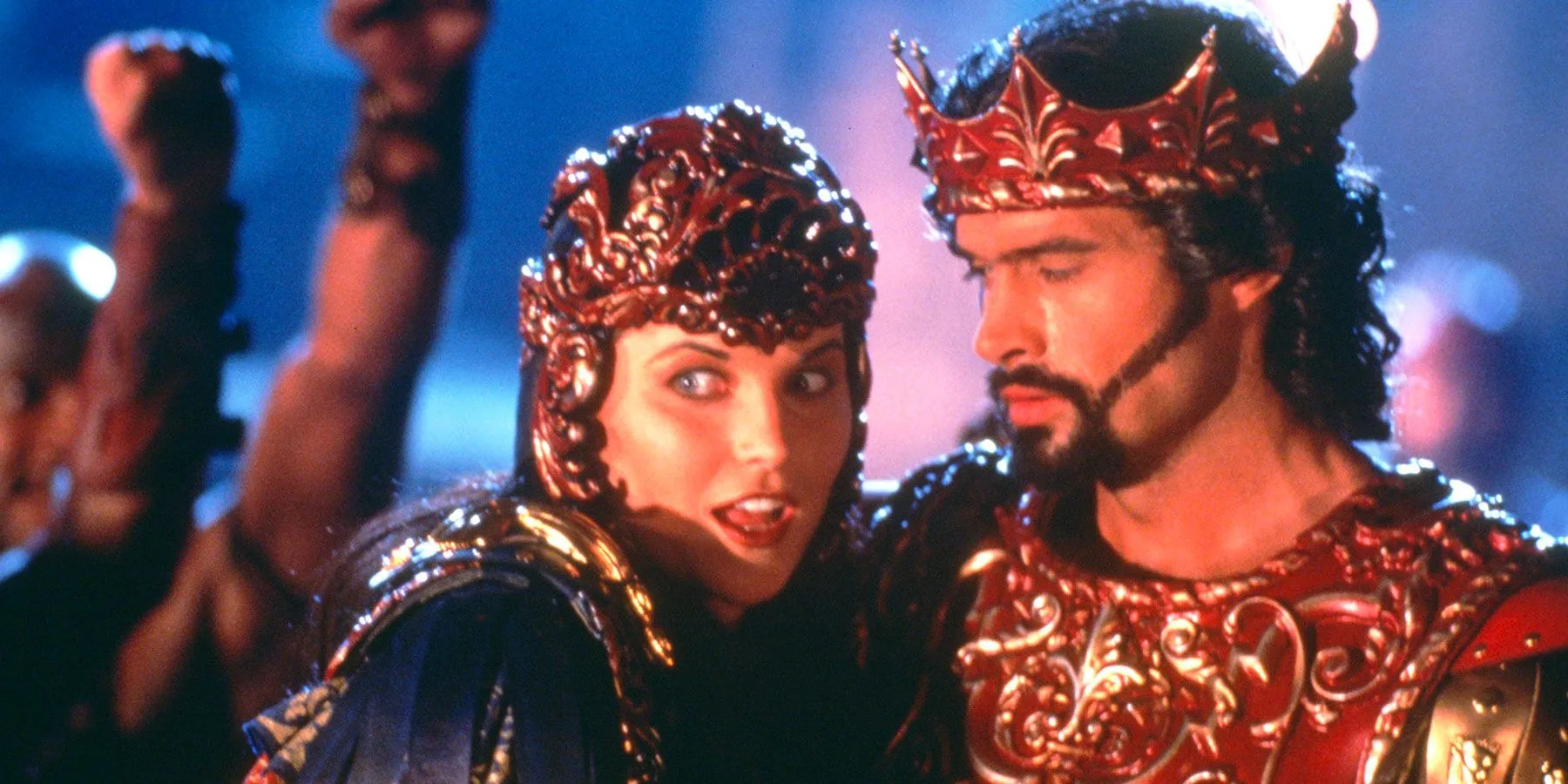
While the production values of 90s television often faced criticism—particularly concerning genre programming—Xena: Warrior Princess distinguishes itself through an engaging blend of fierce action and heartfelt narratives. Its rich storytelling, particularly regarding Xena’s transformative redemption arc, sets it apart from its contemporaries, including its predecessor, Hercules. The show’s ensemble cast draws inspiration from a variety of mythological traditions, spanning Greek, Norse, British, Chinese, and Egyptian tales, creating a captivating universe where Xena encounters a plethora of legendary figures.
Despite the seemingly haphazard assembly of its mythology, Xena is full of poignant moments, largely credited to its outstanding cast and the creative direction of executive producer Sam Raimi, who was previously celebrated for his work on the original Evil Dead trilogy. The series successfully weaves together an array of legendary figures, captivating audiences with the undeniable chemistry between the leads, Lawless and O’Connor.
Xena: Warrior Princess – A Pioneer of Representation
Unexpected Icons of Female Representation in the 90s
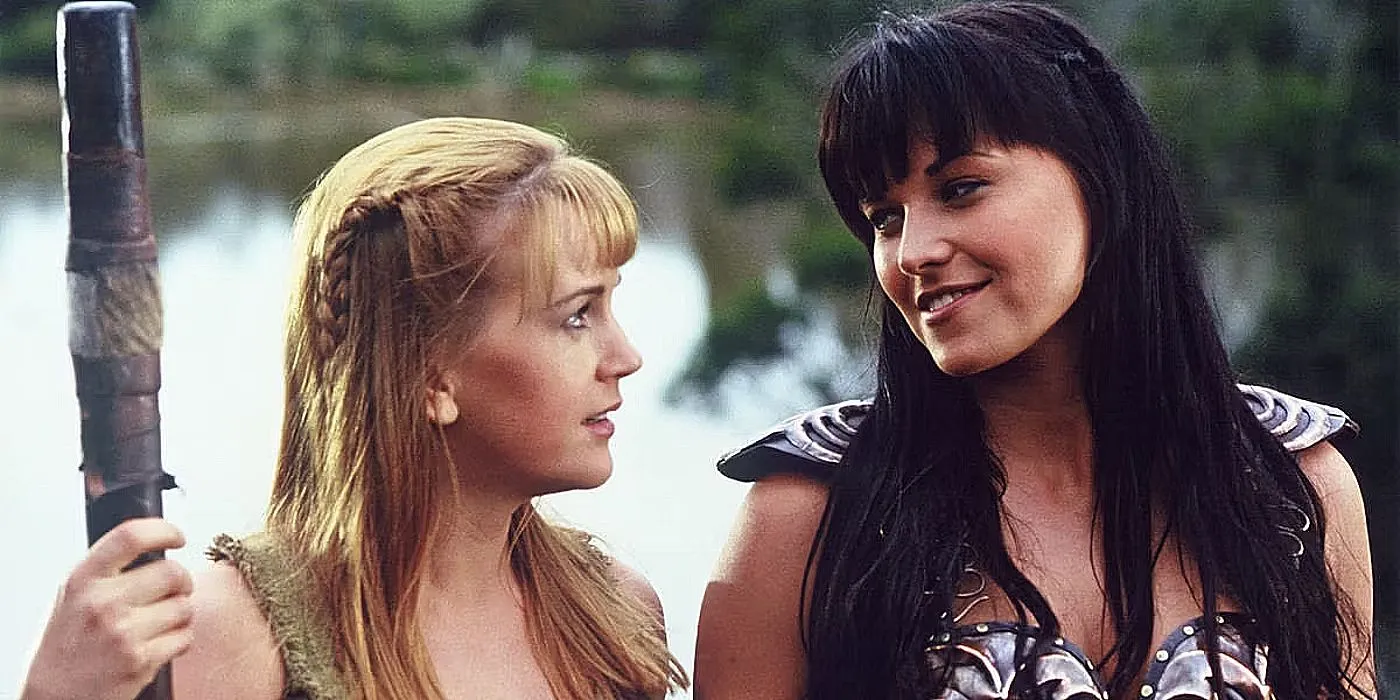

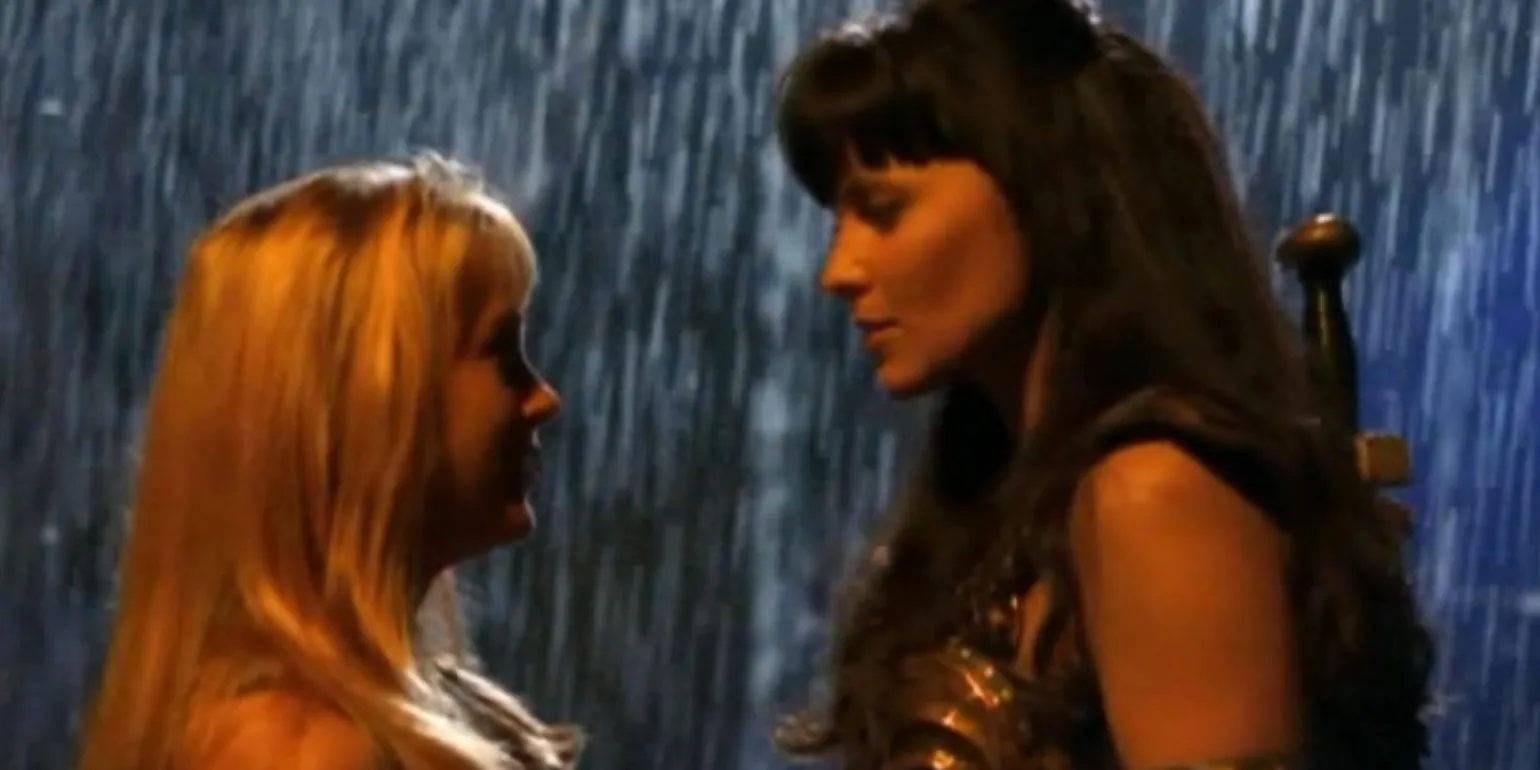
While it may not have been a deliberate focus for the production team, Xena: Warrior Princess unexpectedly emerged as a beacon for the lesbian community in the 1990s, particularly through the relationship between Xena and Gabrielle. Although the show does not openly label their romantic feelings and both characters engage in heterosexual relationships, it portrays them as soulmates with a recurring theme of their reincarnation throughout history, supporting a strong subtext of LGBTQ+ representation in an era that often fell short.
The show’s innovative approach didn’t stop at subtext; it actively incorporated feminist themes from its very foundation. Though Xena’s costume occasionally featured a miniskirt, and her debut episode even showed her in her underwear while fighting, the show continuously champions themes of gender equality and acceptance. The diverse cast of female characters ensures that they are developed as individuals, avoiding gender stereotypes and enriching the narrative with multifaceted portrayals.
Nostalgia and Charm in an Aging Series
Embracing the Quirks of 90s TV Productions
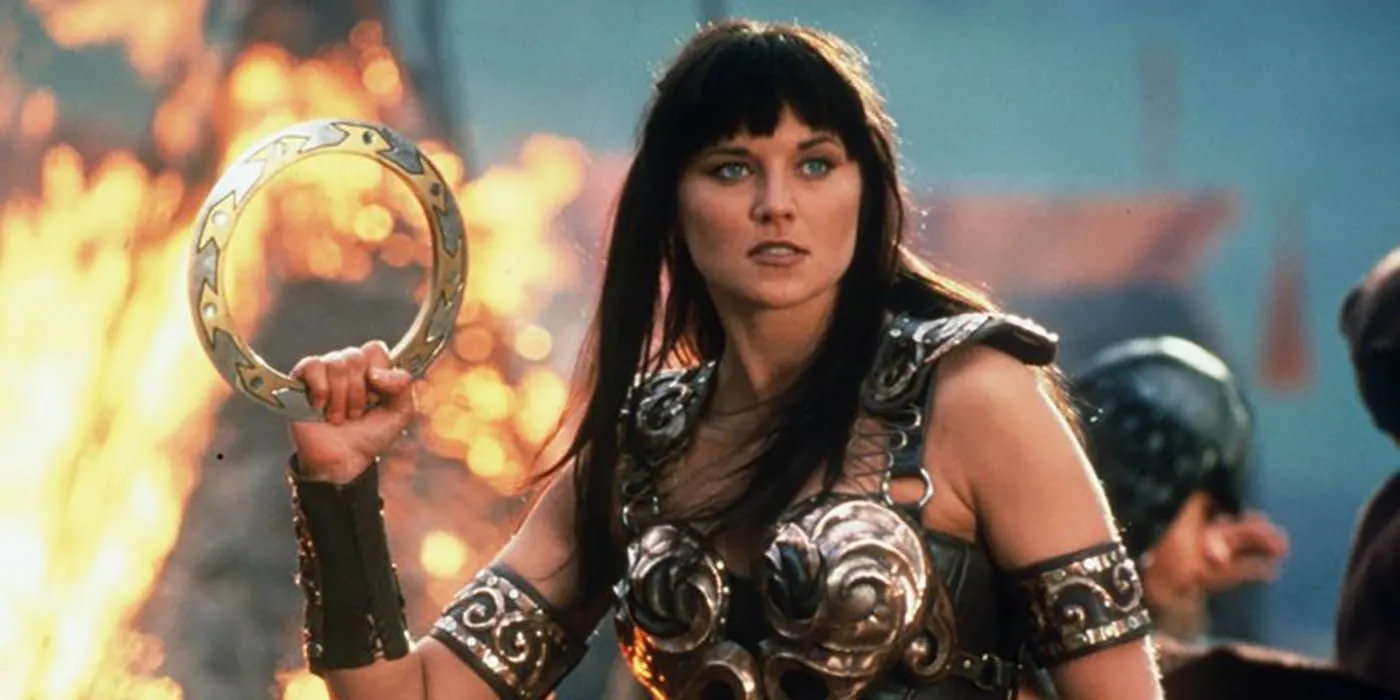
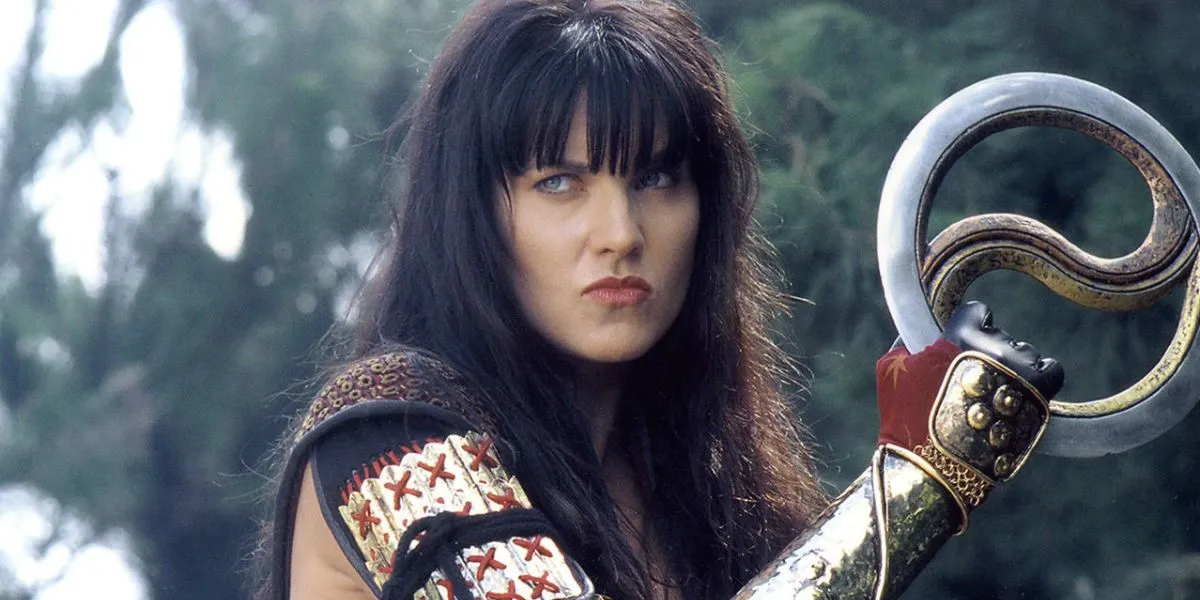

It’s important to acknowledge one of the most significant barriers to enjoying classic television: the considerable difference in technical quality. As of now, Xena: Warrior Princess is available for streaming but has not undergone a high-definition remaster, remaining in the standard 4:3 aspect ratio of pre-HD screens. This presents visual challenges for modern 16:9 displays, alongside the outdated camera techniques and special effects prevalent during the 90s, which influence the overall cinematography of the series.
However, these production limitations often become just part of the appeal when revisiting Xena. The series is imbued with a sense of heart and joyous spirit that allows viewers to appreciate its dated effects as charming relics of its time. This includes Xena’s show-stopping martial arts moves and whimsical plot points, like her leads in telekinetic kung-fu. The show’s earnestness creates a unique viewing experience that modern productions seldom replicate, making attempts to reboot the franchise seem ill-fated.
As we approach the 30th anniversary of Xena: Warrior Princess, the show’s lasting impact on television and its ability to resonate with audiences becomes increasingly evident. Few 90s productions maintain the same level of relevance today, often overshadowed by more mainstream titles. However, the overwhelming audience reaction to Xena in her initial three-episode arc in Hercules ultimately led to her own series, a testament to the show’s unique charm and narrative strength.
Leave a Reply